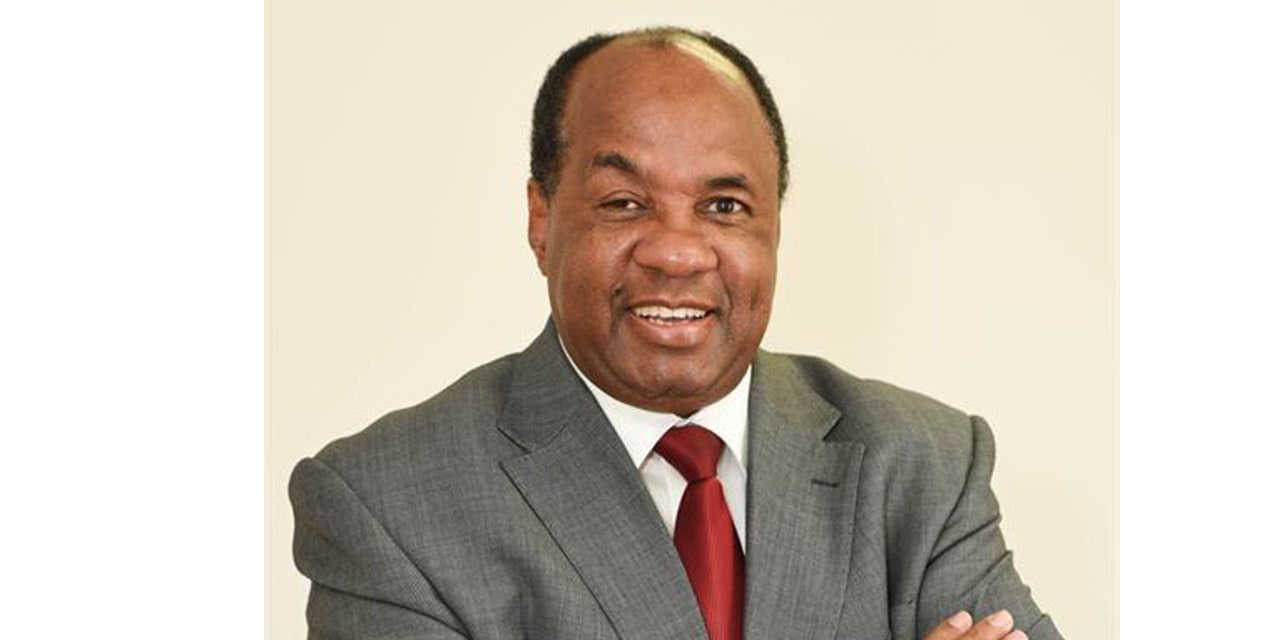Martin Endjala
Following a comprehensive review of global, regional and domestic economic developments, the Bank of Namibia Monetary Policy Committee decided to maintain the current repo rate at 7.75 percent for the next two months, while also ensuring that stable platforms are created to grow the economy.
During the announcement yesterday in Oshakati, Bank of Namibia Governor, Johannes !Gawaxab, responded to concerns and the impact the repo rate has on the economy and unemployed individuals.
He said that the repo rate has a negative and positive impact on people’s lives and the economy, however, he is of the view that there is a need to create stable job opportunities and a financially sustainable platform, which is largely driven by the mining sector, agriculture sector and tourism which takes up many people.
“We, therefore, need to shift focus to green schemes, to create jobs that are required, as the economy continues to show signs of recovery since the Covid-19 pandemic, and we believe that come 2024 we will be back to our normal lives,” said !Gawaxab.
He explained that creating a platform which enables the economy to grow is necessary, thus maintaining the repo rate is one such tool the central bank uses to keep inflation at bay and balance the one-to-one link between the Namibia Dollar and the South African Rand while supporting domestic economic activity.
“Namibia’s real GDP growth picked up during the first quarter of 2023 and remained robust year-to-date, while inflation pressures softened in July 2023, while Private Sector Credit Extension growth remained weak. The merchandise trade deficit narrowed, and the stock of international reserves remained sufficient to support the currency peg and meet the country’s international financial obligations,” he said.
!Gawaxab, is optimistic that the recently released quarterly national accounts data indicate that the Namibian economy grew by 5.0 percent during the first quarter of 2023, higher than the 2.1 percent in the final quarter of 2022. Therefore, the country’s economy continued with its positive momentum as reflected in increased activity in the mining, livestock marketing, wholesale and retail trade, communication and tourism sectors.
“GDP growth is projected to slow down to about 3.3 percent for 2023 as a whole compared to 4.6 percent registered in 2022, on account of slower growth in the primary industry. Furthermore, risks to the domestic economic outlook, emanating from both external and internal factors remained broadly unchanged,” he explained.
He added that this is encompassed by weakening global economic activity, tighter global monetary policy, elevated crude oil prices and continued geopolitical tensions.
While internal risks include the current drought, uncertain rainfall conditions, water supply interruptions, particularly in the coastal towns and general infrastructure constraints.
The Governor further revealed that Namibia’s average inflation rate rose to 6.2 percent during the first seven months of 2023 relative to 5.3 percent during the corresponding period in 2022.
While the rise in the average consumer prices continued to be predominantly driven by food and housing price inflation.
Nevertheless, annual inflation declined to 4.5 percent in July 2023 from 5.3 percent in June 2023.
The projection for overall inflation has been revised downwards and it is now expected to average 5.6 percent in 2023, 0.4 percentage points lower compared to the forecast at the previous MPC meeting.
The revision was mainly on the back of more-than-anticipated deflation in the transport category.




